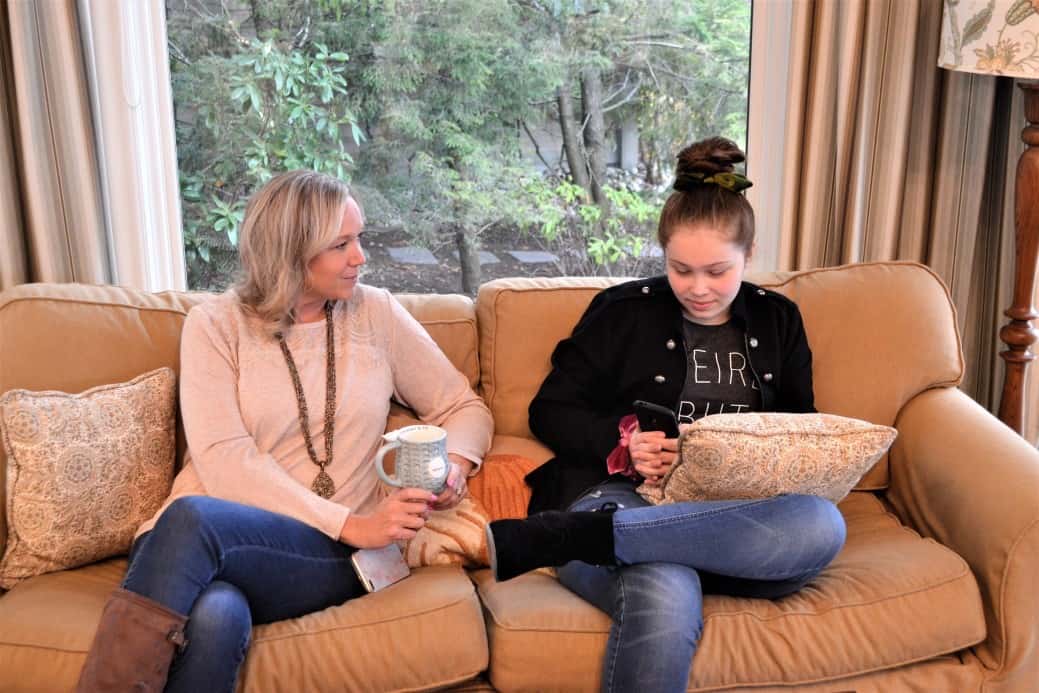Many students take college level courses while still in high school with Advanced Placement classes, International Baccalaureate classes or by taking dual enrollment courses. Here are some of the differences between these academic paths.
Advanced Placement (AP) or International Baccalaureate (IB) classes are taken in the high school and are taught by college approved high school teachers. Some students take these advanced classes for the challenge and the opportunity to delve deeper into a subject.
If a student scores high enough on the end of the year exam in these classes, they may be able to earn credits that they can use toward their eventual college degree.

Dual enrollment programs
Dual enrollment programs also offer high school students the opportunity to take college courses while still in high school. But instead of taking the classes at their high school, students take these advanced courses at a local institution of higher education such as a community college. These course credits should be transferable to a college or university.
Dual enrollment programs have been popular in the Midwest and South for some time but have just started gaining momentum in the Northeast. It is estimated that in 2002-2003, 1.2 million students were participating in some form of dual-enrollment/concurrent enrollment programs, while in 2010-2011 that number rose to 1.9 million.
While many high schools only allow their top students to take AP or IB classes, dual enrollment programs are usually available to a wider range of students. In fact, some dual enrollment programs are specifically targeted toward students who are struggling academically. A May 2016 fact sheet issued by the US Department of Education, stated
Dual enrollment, in which students enroll in postsecondary coursework while also enrolled in high school, is a promising approach to improve academic outcomes for students, particularly those from low-income backgrounds.
These dual enrollment programs can be a motivating tool and be used to help these students to successfully complete their higher education. By taking college level courses in high school, students can accelerate the time it takes to earn their college degree. This would allow them to enter the work force and earn income sooner than if they waited to graduate high school before starting on their college course load.
Even if a student does not intend to speed up their college graduation, there can still be a benefit to taking college level courses in high school. Earning college credits while in high school can allow students to have lighter course loads per semester once in college. Lighter course loads can mean less stress, more time to study each subject and ultimately earn better grades.
Credits earned in high school can also allow a student to place out of certain classes in college and allow students to take higher-level classes earlier. In many schools, college level courses are weighted more heavily in a GPA and show a passion for higher learning – both of which are helpful when applying to college.
Dual enrollment programs are a good way to delve deeper into a subject that really interests a student and to learn alongside other students equally passionate about the topic. It also allows students to learn study skills and practice test taking so that they are more prepared when then enter college.
For students disillusioned with their high school experience, spending some time on a college campus can be a much-appreciated change. They may enjoy being around older, more mature, like-minded students. They can make new friends and take a break from the social pressures of high school.
Disadvantages of dual enrollment classes
The major issue with dual enrollment programs is whether or not students will truly earn the college credits they are working towards. According to Education Week, many students have trouble transferring credits from dual enrollment programs (as well as with IB and AP classes.)
This is very concerning when you think about the amount of time students are spending studying for these classes and the amount of tuition money being paid to take these classes. Many states are working towards improving the transferability of these dual enrollment college credits but at present it is still a work in progress.
Another issue with dual enrollment programs has to do with the quality. When taking AP or IB classes, there is a standard curriculum and a standard test that all students take at the end of the course. Therefore, a student taking an AP class in a Florida high school should be learning the same material as a student who takes that class in New York. Dual enrollment programs are offered by a wide variety of colleges so the level of teaching and learning varies greatly.
Even for AP and IB approved classes, there are questions as to whether these are truly “college level” classes and equivalent in terms of workload, class discussions and depth of study compared to what a student would find if they took the same course in an actual college.
Dual enrollment programs face a similar challenge. While dual enrollment programs are taught in an actual college, many of the classes offered in these programs are being filled primarily with high school students. The concern is that if that if the high student is actually learning alongside true college students, the experience is diluted even if the course is taught on a college campus by a college professor.
There is also a concern about dual enrollment programs causing students to students rush though high school and college. These can be some of the greatest years of a young adult’s life. College level classes taken in a high school or college setting can put unnecessary pressure on students. The increased amount of schoolwork and their more difficult course load involved in taking these college level courses in high school may not be worth it.
Is dual enrollment a good idea for your student?
Parents and students may feel like they should partake in these programs because so many other students are. They may worry if they don’t take college courses in high school, they will fall behind or not look good to colleges when they apply. But while dual enrollment programs can be a great option, they are not right for every high school student.
Weigh the pros and cons on how a dual enrollment program will impact the student’s life both now and in the future. If a student is interested in attending a dual enrollment program, research the different colleges in the area that are offering this type of program. Specifically investigate:
- Courses offered
- Percentage of college students vs. high school students in the classes offered
- Convenience – hours, campus location, etc.
- Tuition cost/ cost per credit
- Transferability of credits earned – especially for colleges the student plans on applying to
Taking college level courses while in high school level can be beneficial to students. However, it is not right for everyone. If a dual enrollment program will cause increased stress and/or make high school a less enjoyable experience for the student, it is probably best not to participate in this type of program.
For more information on dual enrollment programs:
FACT SHEET: Expanding College Access Through the Dual Enrollment Pell Experiment – Department of Education
Some Teens Start College Work Early Via Dual Enrollment – US News
Why a dual enrollment program can help you succeed – The Prospect
Why I regret letting my teen sign up for an AP course – Washington Post









